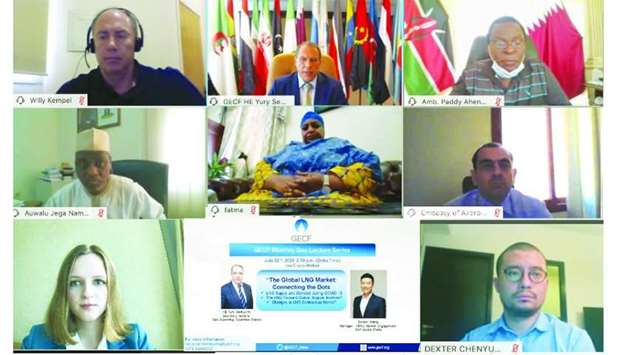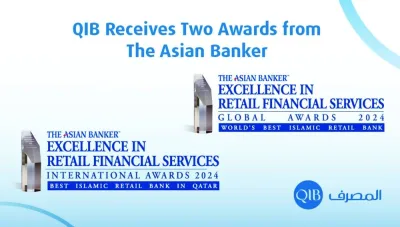Qatar has had a “remarkable” run in the first half of this year despite the decline of spot gas and LNG prices and the impact of Covid-19, an expert has said.
At the 43rd Monthly Gas Lecture series of the Gas Exporting Countries Forum (GECF) Dexter Wang, manager, Asia Pacific (APAC) Market Engagement at S&P Global Platts, said, “What’s interesting is that we have already seen Australia and the US see their first year-on-year drop in LNG exports this year, which means that these countries are relatively exposed to spot prices and have to react to the current low price in the LNG market. On the contrary, Qatar managed to increase its LNG exports for the majority of the first half of this year, which is truly remarkable, considering the current low price environment.”
Wang focused on the key themes of LNG supply and demand during Covid-19, changes in LNG contractual norms, and the dynamics of benchmark gas and LNG prices, with a special emphasis on Asia Pacific region. Qatar, the world’s largest exporter of LNG, has a historical partnership with APAC as a reliable LNG supplier to the region.
“Qatar has minimal spot price exposure and the majority of Qatar’s LNG exports is linked to crude oil price or some other prices that is not directly affected by LNG price,” he said.
Although the definition of what is regarded as “spot” price varies, Wang said, S&P Global Platts considers “true spot” as anything that trades today and gets delivered within three months, whilst anything below three years is considered a short-term contract and above four years are medium to long-term contracts.
The share of spot price in the traditionally long-term contract dominated industry has increased in recent years with the International Group of LNG Importers (GIIGNL), one of the GECF peer partners, estimating the spot share to be about 34% of total LNG market at the end of 2019.
Wang’s presentation also discussed the forward curve, a financial derivative traded on a given day for future delivery settled by cash, with particular reference to the Platts JKM (Japan Korea Marker), as he explained the difference with other benchmarks.
He also explained that the JKM forward curve is currently in a contango structure from September-December 2020, which indicates a bullish sentiment from market participants for the next few months.
At the same event, the GECF secretary general Yury Sentyurin highlighted the significant role of the Asia Pacific region in connecting supply and demand nodes across the gas market. The GECF estimates that gas demand can only reach historic 2019 levels in 2022, given the current situation.
Sentuyrin also noted that low gas and LNG prices will make LNG a more competitive fuel and support the role of natural gas in achieving the 17 UN Sustainable Development Goals. Furthermore, he reaffirmed that the GECF continues to be a platform for knowledge sharing and exchange of information amongst industry stakeholders, and remains a source of unique tools and capabilities to navigate new market realities.
As a coalition of the world’s leading gas producing nations, the GECF community prides itself as reliable and long-term energy suppliers, a principle that was reaffirmed by Sentyurin.
“Particularly about gas contracts, at the GECF we do believe in the prospects of long-term contracts due to the important benefits they bring to both the buyer and the seller. In fact, supporting long-term contracts is one of the stated objectives of the GECF Member Countries and this is stipulated in the 2019 Malabo Declaration, which was the outcome of the 5th GECF Summit in Equatorial Guinea,” Sentyurin stated.



